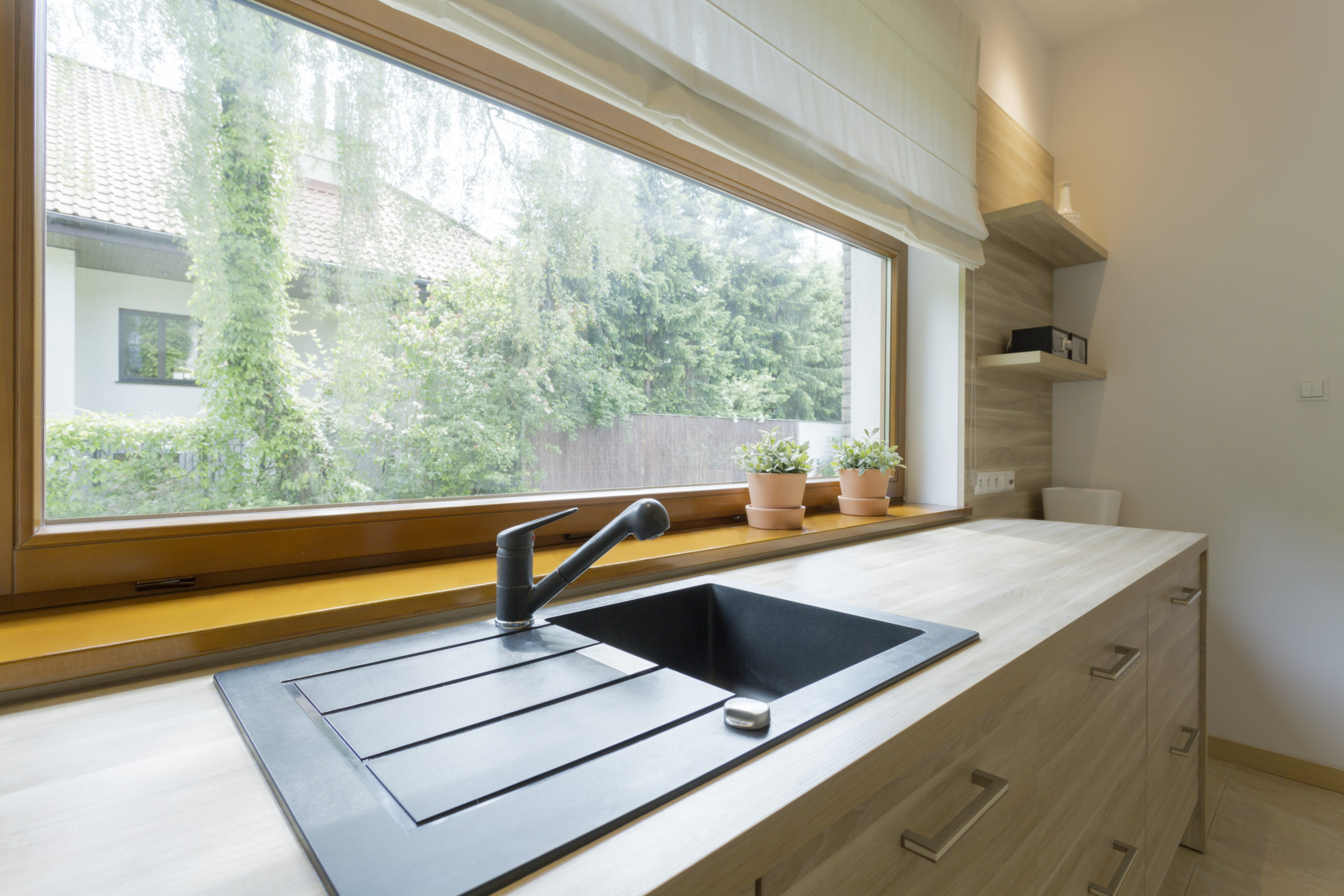Granite composite sinks are an increasingly popular choice for modern kitchens, due to their granite-like appearance and durability. But granite composite sinks also have some major drawbacks that should be taken into consideration prior to purchase. In this blog post, we’ll go over the pros and cons of granite composite sinks so you can make a more informed decision when it comes time to remodel your kitchen!
Granite composite sinks are a great investment for your home
Granite composite sinks are a great investment for your home because they’re made from a mixture of stone and resin. To begin with, granite is tough as nails and scratches don’t affect it nearly as much as other types of stones. Secondly, the sink can be installed into any countertop surface that you would prefer without ruining the counters upon removal. The material transforms across time because natural erosive forces work on all stone surfaces, including granite. The use of acid-proof resins in conjunction with the specific erosion characteristics allows the product to be preserved against inevitable erosion damage to a much greater degree than would otherwise occur under natural conditions alone.

They can be made to look like stone or marble, and will last longer than traditional granite
Granite composite sinks can be made to look like stone or marble and will last longer than traditional granite – particularly under harsher conditions. Water-based sealant is applied to the top surface of the resin sink. This ensures that any lipids from hand greasing, metal shavings from a squeaky faucet handle, or other airborne dirt particles which would otherwise damage the resin material are sealed out. So you get a watertight durable product that lasts for decades without maintenance and requires no harsh chemicals for cleaning.
They’re less expensive than other natural stone options
Most granite sinks are made from the same natural stone material. In most cases, there is no difference in cost between a natural sink and a composite sink. However, not all granite is created equal. There are two different types of granite sinks: cast and fabricated. Cast sinks will be more expensive because they utilize a high-end manufacturing process that produces a durable product in the kitchen by combining crushed aggregate with an epoxy resin which results in a seamless finish on the countertop’s edge to create what is known as “the world’s most beautiful counter” for just about an extra $100 or so dollars over their counterpart fabricated, which does not have this feature but still look great none-the-less.

The downside is that they aren’t as durable as the real thing – which may cause toxins to leach
The good news is that such an event would only chip the surface, which can be repaired with a sealant like putty and paint. The real problem with the fake stuff is the construction materials that it’s made from – usually plastic. These plastics leach toxins into our food and water supply, and we pay a small price in resilience every time we use one of these sinks (even though they’re chemically inert). The end result? We’re all exposed to dangerous levels of those very substances.
It’s also not recommended to use scouring pads with these sinks because they could scratch the surface
Scouring pads are not intended to be used on surfaces like granite composite sinks. When eliminating scouring pads as a part of one’s place setting for the kitchen, consider using other more appropriate cleaning products such as baking soda and vinegar and rags and sponges (or something along those lines). For this reason, we recommend wax-coated sponges instead of traditional scouring pads and also avoid using dish soap on granite composite sinks.
